Astronomers have discovered a long stellar stream extending from the iconic galaxy Messier 61, a finding that may rewrite its history. The stream, which was not previously spotted, suggests that the galaxy once tore apart a much smaller one. This groundbreaking discovery was made possible by the Vera C. Rubin Observatory's colossal camera, which has been perusing its first test images.
According to Sarah Pearson, an astrophysicist at the University of Copenhagen, "This is the first stellar stream detected from Rubin, and it's just a precursor for all of the many, many features we'll find like this." The discovery was reported in the Research Notes of the American Astronomical Society. The authors of the study, led by A. Romanowsky, highlighted the significance of this finding, stating that it provides new insights into the galaxy's evolution and the role of mergers in shaping its structure.
Messier 61, located in the Virgo Cluster of galaxies, has been a subject of interest for astronomers since its discovery in 1779. The galaxy is known for hosting a slew of supernovae and churning out new stars at a surprisingly high rate. The discovery of the stellar stream adds a new layer of complexity to our understanding of this galaxy's history, suggesting that it may have undergone a significant merger event in the past.
The Vera C. Rubin Observatory, which is still in its early stages of operation, is expected to revolutionize our understanding of the universe. With its advanced camera and sophisticated software, the observatory is capable of detecting faint signals from distant galaxies and stars. The discovery of the stellar stream from Messier 61 is a testament to the observatory's capabilities and its potential to uncover new and exciting phenomena.
The implications of this discovery are far-reaching, offering new insights into the evolution of galaxies and the role of mergers in shaping their structure. According to Dr. Romanowsky, "This discovery highlights the importance of continued observations and research into the properties of galaxies and their evolution." The study of galaxy mergers and the formation of stellar streams is an active area of research, and this discovery is expected to contribute significantly to our understanding of these complex phenomena.
The Vera C. Rubin Observatory is currently in its testing phase, and its official scientific survey is expected to begin soon. As the observatory continues to operate and collect data, astronomers are likely to uncover many more exciting discoveries, including new stellar streams and other features that will rewrite the history of the universe.
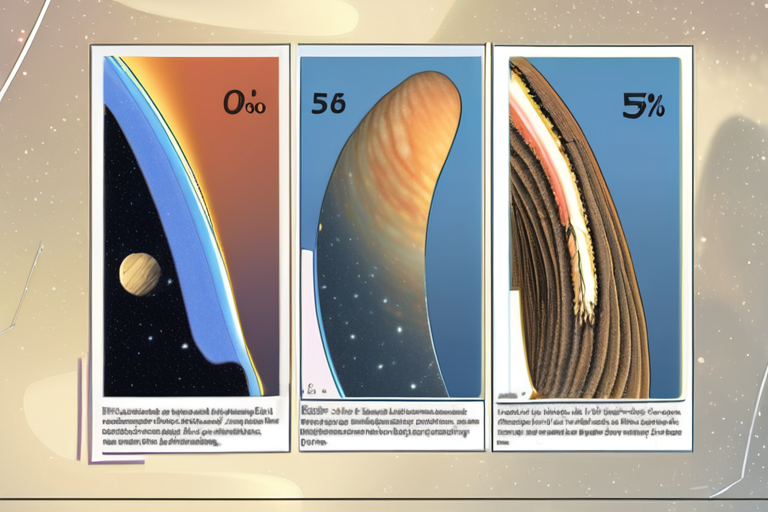




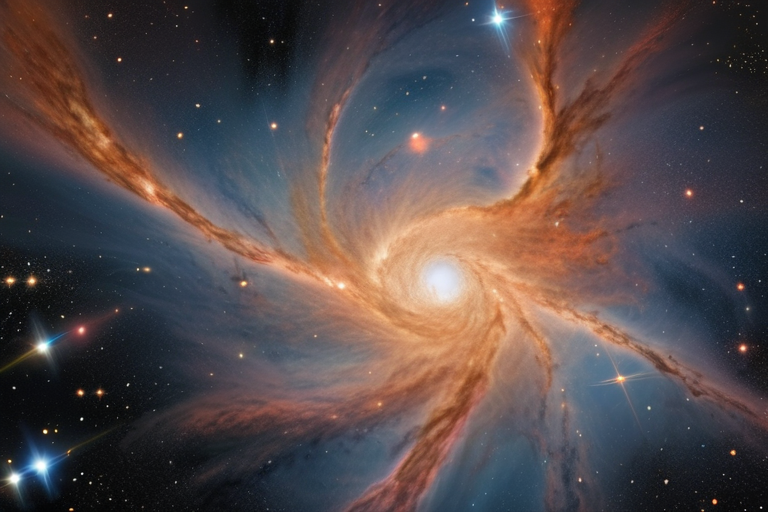
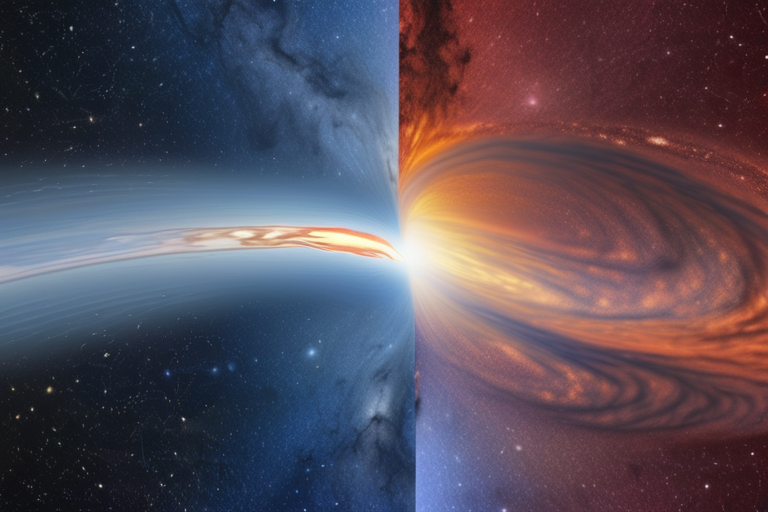
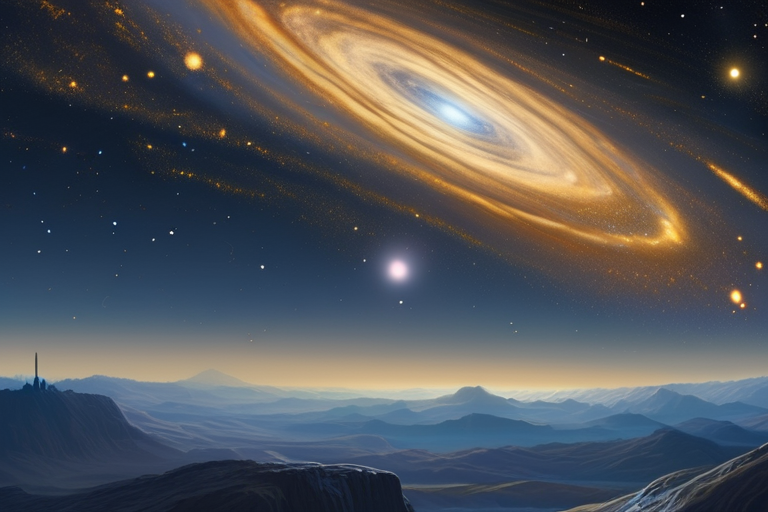
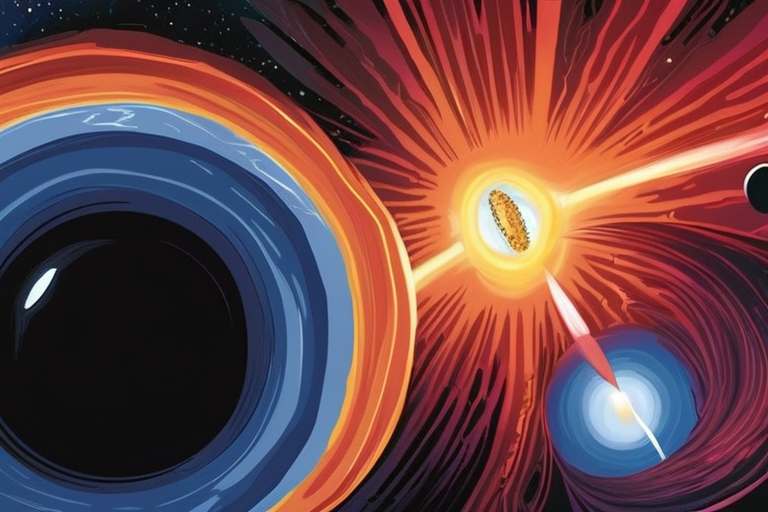

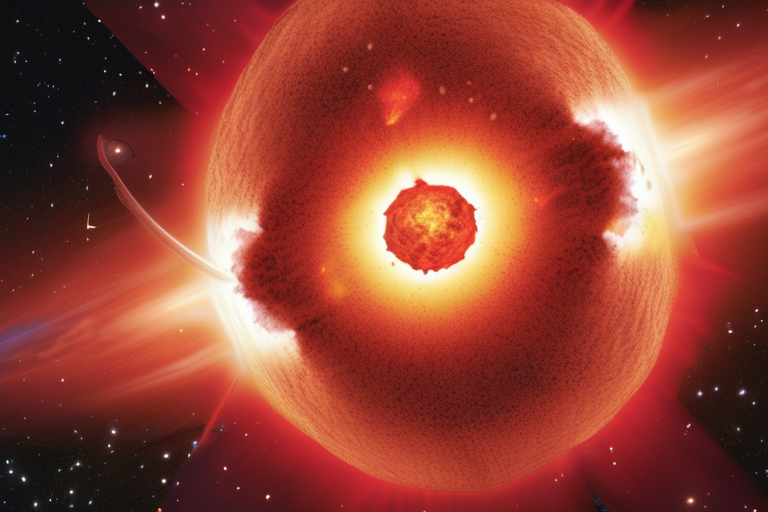


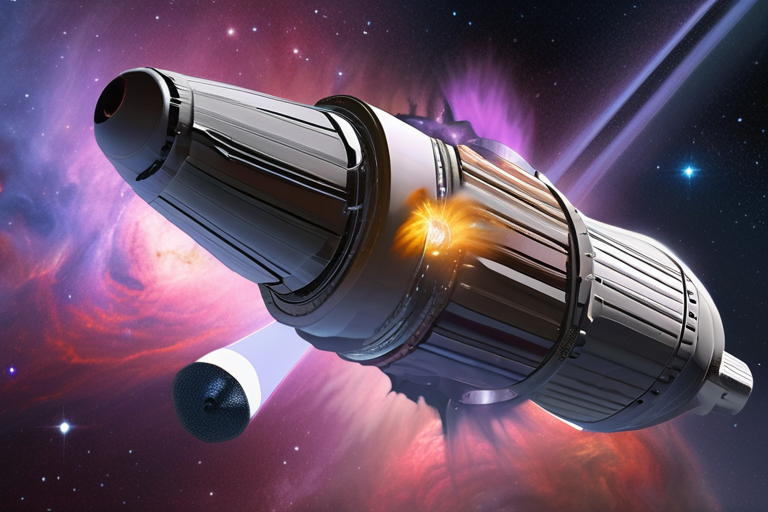
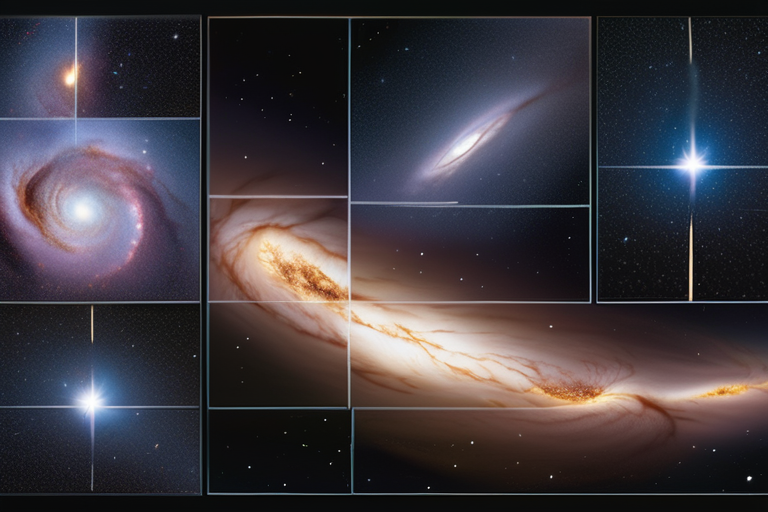
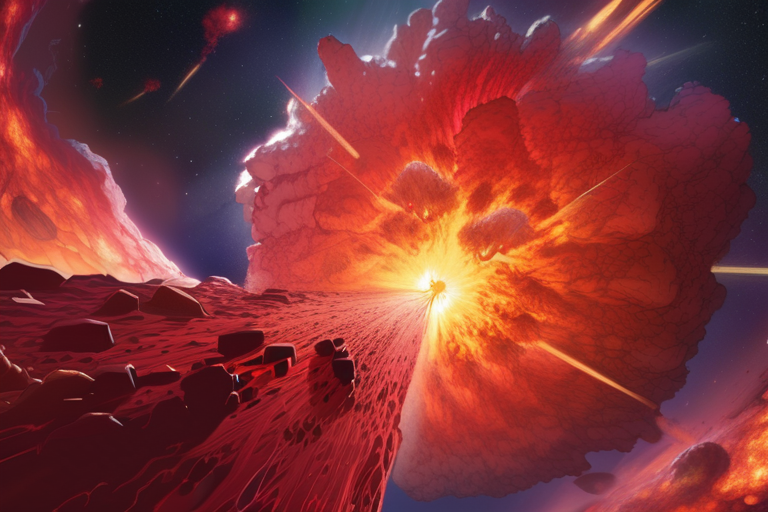
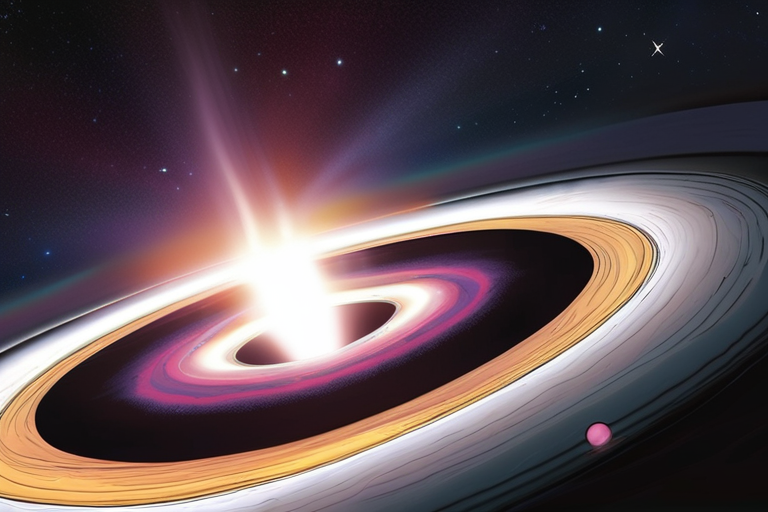

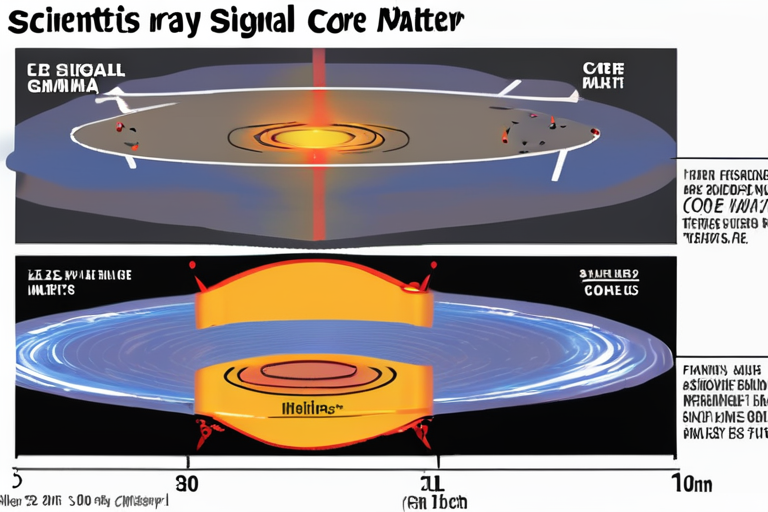
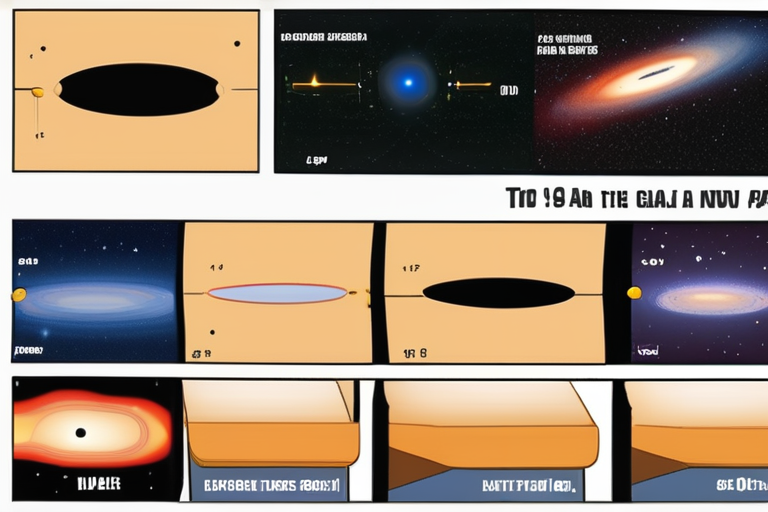
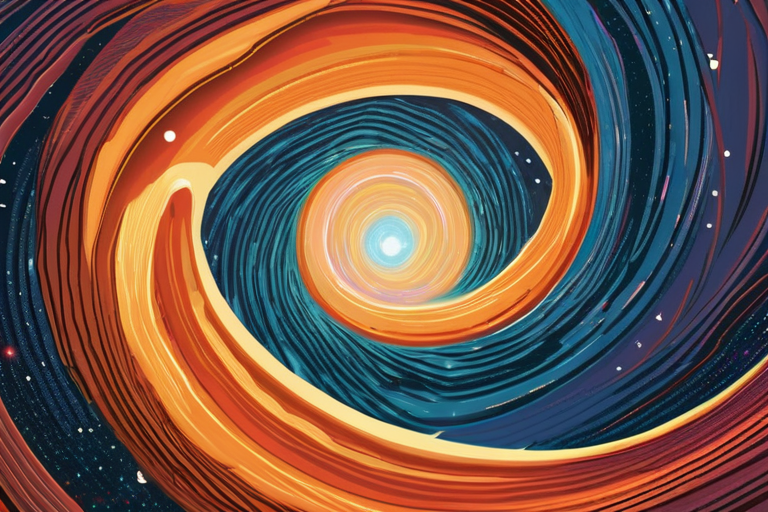
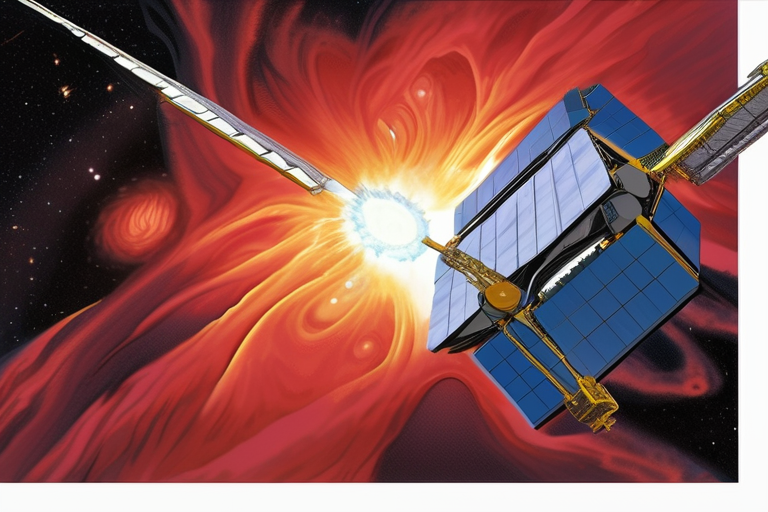
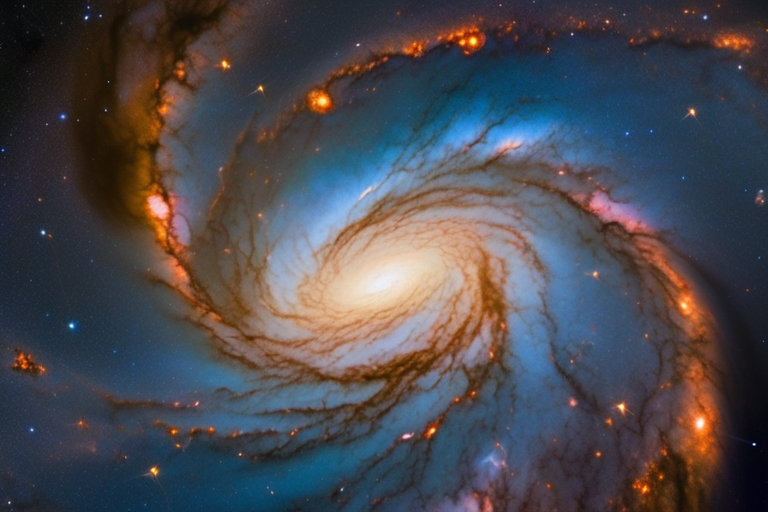

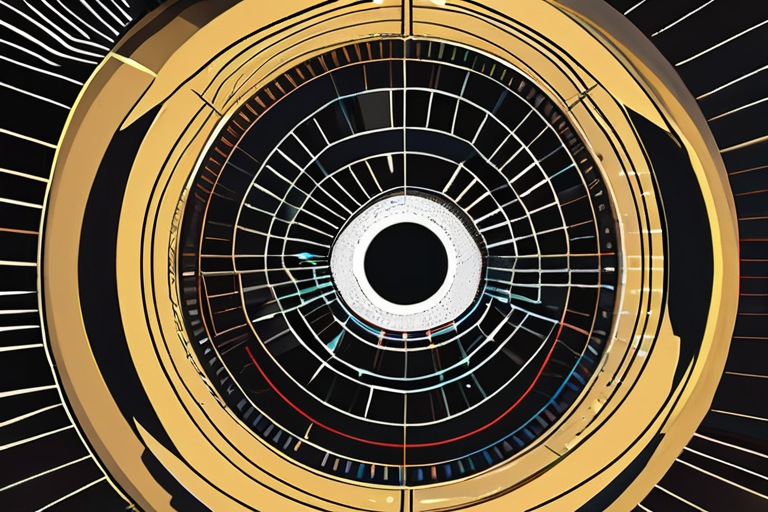
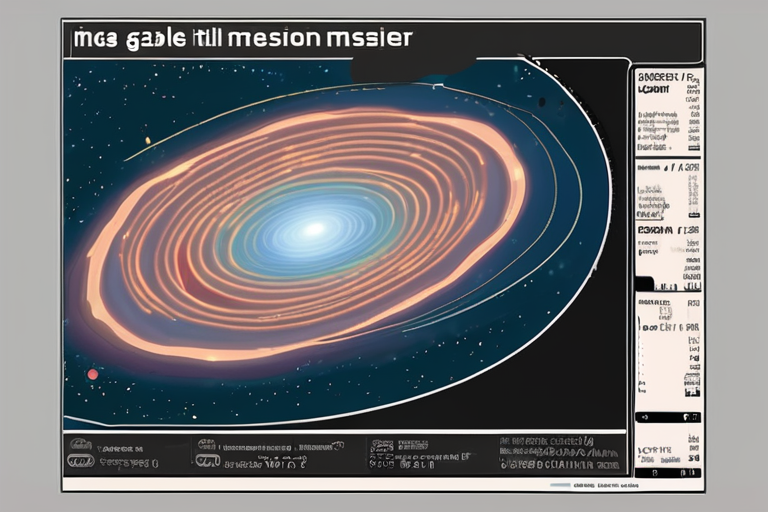
Share & Engage Share
Share this article